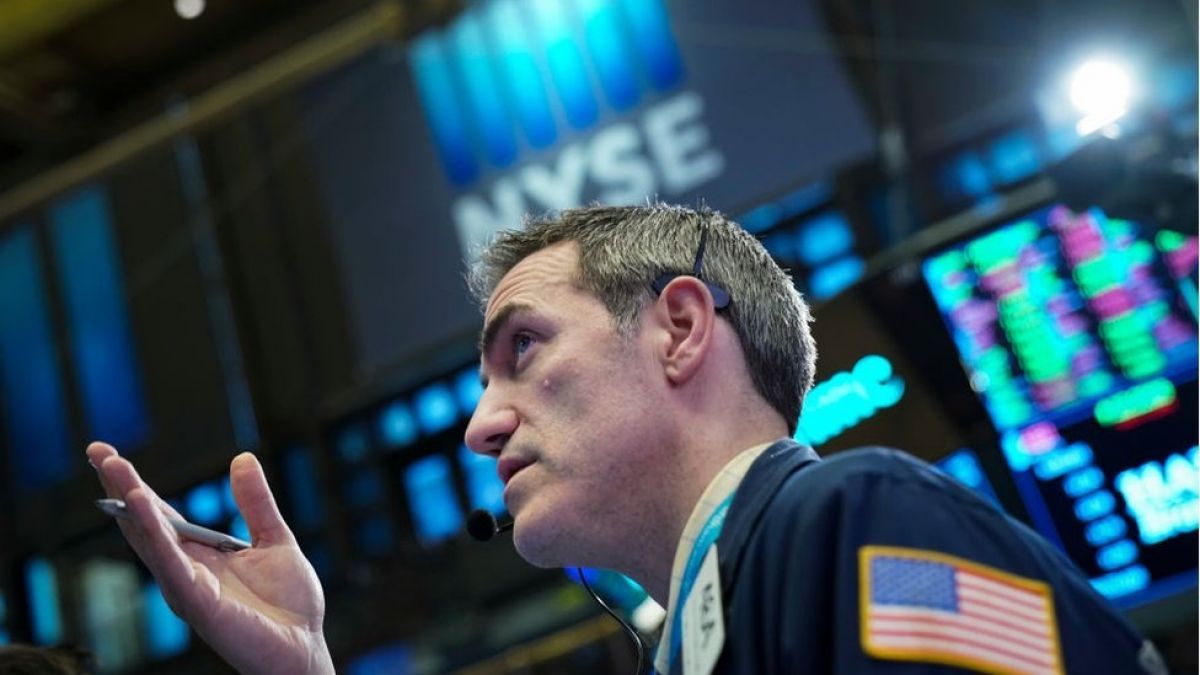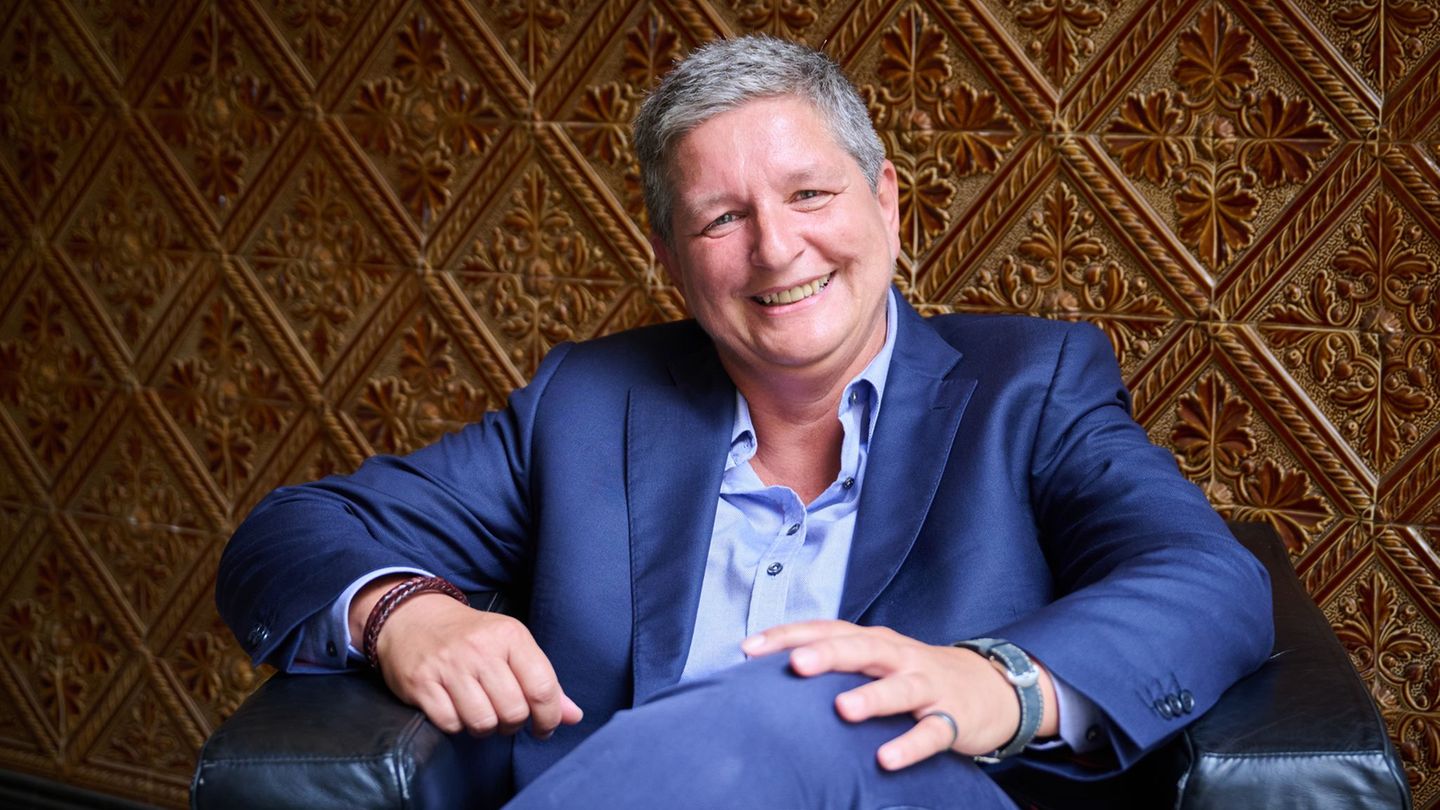With the employment report on Friday, the burial began. But there are no signs of anemia in real activity. At the September meeting, with a lot of additional information, the Fed will be able to separate the wheat from the chaff before making its decision. The stress test will continue.
It’s the perfect storm. After a glorious Wednesday in which Jay Powell told the markets what they wanted to hear, the Fed decided it was best not to touch rates last week, but would give it the green light “as soon as the next meeting in September”Wall Street responded with a rally in which everything rose vigorously. However, a couple of bad numbers the following day were enough to turn the party into a wake, also widespread. Jobless claims jumped (to an 11-month high) and an estimate of July manufacturing activity fell sharply (to a low since November), and the lights went out immediately.
The content you want to access is exclusive for subscribers.
It rains when it pours, The Bank of Japan raised rates for the second time. It is the only central bank that is currently driving in the wrong direction. So raising rates from 0.10% to 0.25% was not a surprise. Governor Ueda’s harshness in the press conference that followed – and the aggressiveness of the “tapering” of bond purchases – did stir things up. The value of the yen rebounded with an energy that the repeated foreign exchange intervention could not achieve. At less than 150 yen per dollar, major Japanese companies will be hard pressed to maintain their profitability. The Tokyo Stock Exchange plunged 6% in one session. It was this consideration, and not the implosion of the carry trade, that caused the shock. But it is not good news for leverage-based businesses (many of which are structured using the yen as a financing currency) either.


The burial began with the employment report on Friday. In July, 114,000 net new jobs were created, which is not bad, but 150,000 were expected. The decisive factor was the unemployment rate, which rose from 4.1% to 4.3%, thus sounding the alarm for a recession in the US. The quarterly average has already climbed 6 tenths of a point from its lowest value of the last six months. This is one tenth more than what is required by the Sahm rule (an empirical regularity of remarkable consistency as an early marker of an economic contraction).
Wall Street: from everything up to everything down
Wall Street felt the impact. From a Wednesday when everything was rising, it turned into a Thursday when everything fell. And the next day, the collapses began. Recession? Did the FED swallow the curve? How did it not notice? Questions multiplied everywhere. Is the “carry trade” over? How violent will the whiplash be? After seeing the balance sheets of Tesla, Alphabet, Meta, Intel and others, the technology boom, isn’t it a bluff? Nvidia is a bubble, said the Elliott fund with a dagger between its teeth. And even basic, existential doubts arose. Will companies that invest fortunes in artificial intelligence ever make money? They should have asked themselves that sooner. But better late than never. This is already a massive stress test. Everything is put to the test. Friday’s (and this week’s) numbers are telling. The S&P 500 fell 1.8% (-2.1%). The Nasdaq, -2.4% (-3.3%). The Russell 2000, -3.6% (-6.7%). The Nasdaq has retreated more than 10% from its highs and is already in correction territory. The S&P 500 is halfway there. And the Russell 2000 is out of the conversation until it is confirmed that this is not a recession.
Fear is not stupid. Panic is. Did the Fed fall asleep at the helm? Should it cut the rate by half a point in September? Austan Goolsbee (Chicago) and Tom Barkin (Richmond) put the news into perspective. The FED was patient at the beginning of the year when inflation temporarily shot up, and it was right. It will do the same now that inflation is not worrying anyone and everyone is tearing their clothes off over the Sahm rule. The fact that the unemployment rate is rising is a problem. But it is not a problem of employment (so far). Labor participation is growing and is at its highest level. The labor force is expanding. And with it, the number of employed and unemployed increases. There are no records (at least not yet) of job losses. There are no signs of anaemia in real activity. It is not, therefore, a recession.
Hurricane Beryl, which did cause serious damage in Texas, may be to blame for the surprise. Although the labor report expressly states that its impact is “not discernible,” 436,000 people did not go to work because of the bad weather, ten times more than the historical monthly average. And more than a million people worked part-time for the same reasons. At the September meeting, with much additional information, The Fed will be able to separate the wheat from the chaff before making its decision. It is worth remembering that it has 550 basis points to spend in the event of adverse contingencies.
Did the Fed fall asleep? Treasury bonds didn’t. The rate cut is already operating throughout the entire yield curve. The ten-year rate sank 40 basis points in the week and almost a full point since its fleeting peak in April. The rapid decline in the curve is a stabilizing movement of proportions. It oils the economy, and serves the markets (and the portfolios) to moderate the shock. In any case, The stress test will continue. But this is a thriller, not a horror film. It has yet to clear up the mystery about the true health of the real economy. And then add the data on what the FED’s sequential contribution will be for the landing to be successful.
Source: Ambito




